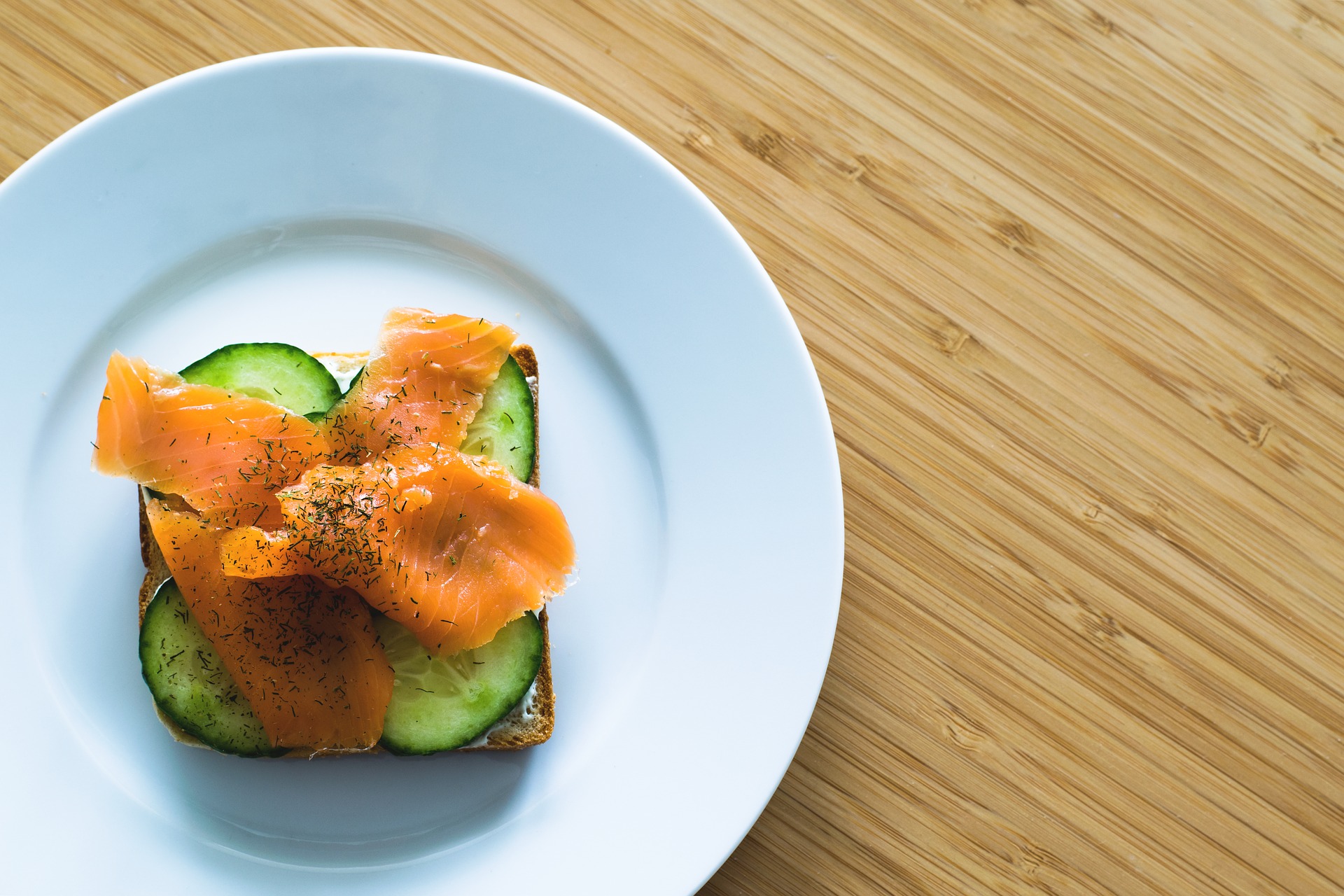
What do you think of when you hear the words reverse diet? Does it bring visions of gobbling boxes of chocolates and cake, or do you picture a skinny person trying to gain weight? It’s neither. Bodybuilders, who go on strict diets before a competition, developed it. The reverse diet came into being to avoid regaining weight and boost their metabolism back to normal. Here are easy tips to help you when you want to end a restrictive, low-calorie diet and return to a healthier option.
Most people don’t cut their calories as severely as bodybuilders do before a competition.
People cut calories to lose weight. When the diet ends, they often balloon back to their original weight or gain even more weight because their metabolism has slowed. You can avoid that by choosing a diet that provides the calories perfect for your ultimate weight loss goal. It takes longer to reach that goal doing it that way. If you cut calories below what a maintenance intake would be for your weight goal, a reverse diet can help you.
Always track your weight loss and calorie intake, especially during a reverse diet.
Once you attain your ideal weight, you start increasing your calorie intake. If you’ve been consuming 1700 calories daily for weight loss, add 50 calories daily for a week or two. If you continue to lose weight, add another 50 calories until your weight loss stabilizes. As you notice your weight loss stabilizing, reduce the number of calories you add to a smaller amount. The key is to do it slowly. Most people find eating the same food but adding a bit more to the plate is the easiest.
There are good reasons to start reverse dieting when you’re ending a diet.
Those who use the diet believe there are other health benefits even though there isn’t research to back that belief. It does let you eat more food. Most appreciate the pleasure they get from adding more to their plate each week or every other week, even if it is a small amount. Psychologically, it’s beneficial. The extra calories increase energy, cut hunger, boost hormone levels, and improve metabolism.
- Reverse dieting does have downsides. You have to be dedicated because it involves closely tracking your intake. You still have a restrictive diet, even though you’re eating more calories.
- There are no scientific studies to prove it works. Most of the information is anecdotal and comes from bodybuilders or athletes whose workout patterns and lifestyles are often very different from the average person.
- The reverse diet started in the bodybuilding community, which usually cuts fat and carb intake while maintaining protein. Replacing those calories by increasing carbohydrate and fat intake returns the mix to normal.
- Reverse dieting keeps you focused on your food intake. It doesn’t happen if you end a diet and return to normal eating. As you slowly increase your food intake, your body adjusts your metabolism upward to compensate for the increased calories.
For more information, contact us today at Body Sculptors Personal Training
